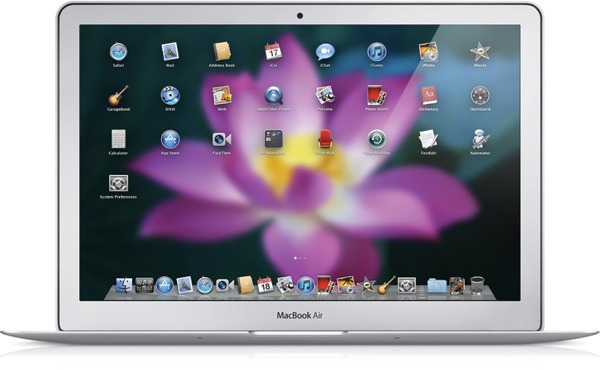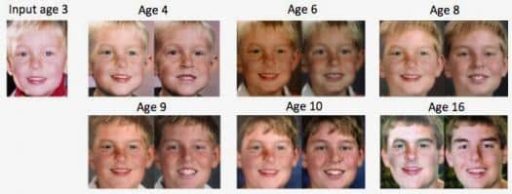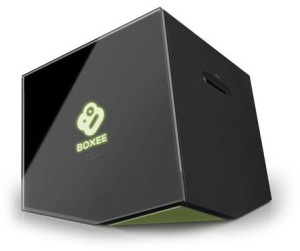The title of Apple’s recent Back to the Mac event turned out to have multiple meanings and the irst was heralding a shift of Apple’s event focus to the product that was once synonymous,but it also had a more literal connotation and hat traits associated both with iPad software and hardware…….
The title of Apple’s recent Back to the Mac event turned out to have multiple meanings. The first was heralding a shift of Apple’s event focus to the product that was once synonymous with the company. But it also had a more literal connotation, that traits associated both with iPad software and hardware would now be finding their way back to the Apple’s computers. But the impact of this round trip could have different implications for hardware and software.Apple’s new MacBook Air was cited as taking on traits associated with the iPad such as thinness, flash storage, longer battery life, and instant on. The new MacBook Air also dispenses with an optical drive, but so did the previous MacBook Air, and indeed so do nearly all netbooks and quite a few other “thin and light” notebook PCs. Most would agree that the new hardware choices produce desirable traits in an ultramobile notebook.
There are some tradeoffs, of course, such as not being able to upgrade Apple’s integrated storage the way one could upgrade an SSD. However, while Jobs pointed to the new MacBook Air as presaging the future direction of notebooks, Apple still sells a range of notebooks with more traditional designs, and these will likely account for the majority of Apple’s sales for some time to come. For now, choice is intact.But it is the changes coming in Lion that are inspired by the iPad’s user interface that will have broader ramifications for the future of all Macs, even desktops. These include the Launchpad screen and its folder-creation method, (OS-level support for) full-screen apps, auto-save and auto-resume. As with the iPad-inspired hardware changes, these will bring tradeoffs. Many of these make computing more accessible to newcomers, a path that Apple has doggedly pursued since the dawn of the Mac. To Apple’s benefit, they also differentiate Mac OS further from Windows and tie together Apple’s products better.
Apple hasn’t yet offered extensive details on how these iPad calques will work in Lion; there doesn’t seem to be any requirement for users to use these in Lion. But the hope is that Apple will blend them into the Mac OS rather than graft them on. Just as with the new MacBook Air, the key is to recognize what is relevant and what is not. For example, while Apple has dismissed physical keyboards on its iDevices, it continues to treat them as sacrosanct on the Mac, ensuring that its smallest notebook still has a keyboard with full-sized keys with spacing. Companies such as Microsoft and RIM have struggled in trying to bring keyboard or mouse-driven user interfaces into the world of touch. Apple will need to be mindful of these kinds of missteps as it seeks to bring touch user interface conventions back to the world of keyboards and mice.



